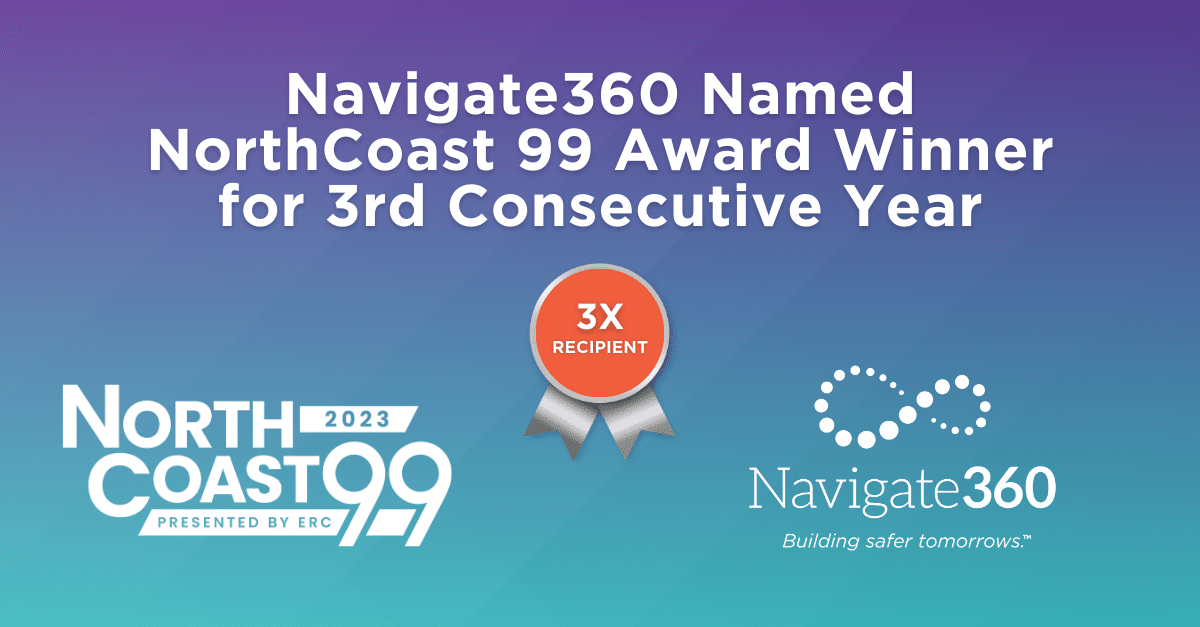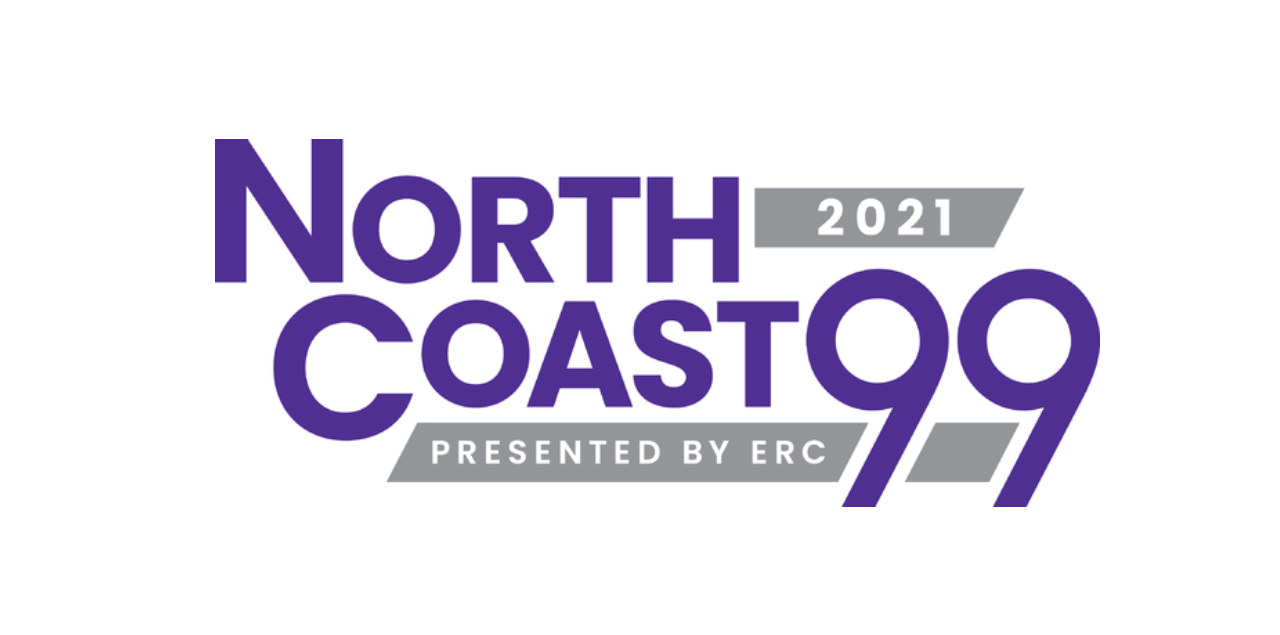Workplace Risk Management Plan
In early 2020, many organizations were blindsided by coronavirus-related lockdowns. What have we all learned from this crash course in risk readiness? COVID-19 unleashed (and continues to do so) a whole new set of possible risks in the workplace that can impact everything from your employees and overall building safety, to your technology and bottom line.
As of this writing (June 2020) the business world is reopening. In my 30+ years’ experience in civilian and law enforcement response to active threats, I conclude that the business community will never “go back to normal.” Instead, responsible businesses will learn from the pandemic disruption to adopt the right training and risk assessment.
Organizations are responsible for actively identifying workplace hazards and protecting employees from risks associated with those hazards. In addition to adjusting your daily operations to meet local and state regulations, your organization will also need to prepare for the potential impacts of isolation and other changes that may affect the mental and physical health of your team. It’s a lot to consider, but with the right resources, your organization can successfully prepare to return to work or continue operating in a new pandemic environment.
How to Make a Workplace Risk Management Plan
It may be more exciting to plan for celebrations, but plans that outline risks (and worst-case scenarios) are extremely important to ensure your business survives an emergency or other major issue.
Not sure how to make a workplace risk management plan? Get started with these simple steps:
- Identify and document potential risks.
- Prioritize the identified risks based on potential consequences.
- Determine strategies to eliminate or minimize those risks.
- Establish a risk threshold (know what’s too much to take on).
- Monitor risks and update your team.
Review the risk management plan on an annual basis, unless major weather, staffing or other events or changes occur to prompt additional review.
Workplace Risk Assessment
When COVID-19 hit, many employees began working from home or alternating days in the office to meet social distancing recommendations. Some businesses provided personal protective equipment (PPE) for employees and installed plexiglass shields to add extra protection between their workers and customers. As regulations are lifted and many offices look to return to more consistent on-site operations, employers must consider new risks and liabilities to keep their workforce safe.
What is a Workplace Risk Assessment?
A workplace risk assessment uncovers hidden threats to safety and security. A certified risk professional performs an in-depth site visit, collects information and provides a comprehensive report to ensure detailed review and recommendations so you can take meaningful action.
Organizations that perform a workplace risk assessment identify new, pandemic-related risks and adjust operations accordingly. Some considerations may include:
- Social distancing: how will CDC guidelines affect the number of people able to occupy the workplace at one time, including employees, visitors, suppliers, customers, etc.?
- PPE: how does the organization estimate its need and order enough supplies for ongoing usage?
- Cleaning: what is a proper cleaning schedule for the facility and who needs additional training to assist in these cleaning measures?
- Education: how best can the company explain new hygiene and other health and safety procedures to employees?
- Cross-training: can your employees maintain and sustain business-necessary functions and operations if their colleagues become ill or are unable to work?
- Isolation: what happens when an employee becomes ill on site?
- Threat assessment: are your protocols up-to-date for any new threats that may have developed with your personnel, customers or visitors?
- Workplace stress: are you monitoring workplace stress and supporting employees experiencing grief resulting from the pandemic by encouraging them to seek help?
Risk assessment is an ongoing process and it can be influenced by the government at all levels. With that in mind, make sure your organization consistently monitors federal, state and local health department plans and recommendations. This knowledge better positions your business to continue operations and adjust to new or lessened risks as advised.
Risk Ready Checklist
Reopening a business after COVID-19 requires comprehensive planning and systemic changes that ensure the physical safety and mental wellbeing of your staff and customers alike.
Navigate360 risk assessment experts and I have reviewed policies, procedures and outcomes of other countries returning to work after isolation. Our assessments have been curated into an essential checklist that gives you clear direction and action steps to move forward.
The risk ready checklist covers the following categories:
- Develop a Plan
- Personal Protective Equipment (PPE)
- Entry and Health Monitoring
- Personnel Safeguards
- Routine Cleaning
- Additional Considerations
- Continuing Operations
Preparation always starts with a plan. Prepare your people, facilities and processes for an emergency (or a pandemic) by getting a safety plan in place so your team knows what to do. Plans remove some stress in these situations, and technology can help manage the plan effectively and efficiently. Learn more about other workplace safety training materials.
Don’t stress. Get prepared.
Talk to Navigate360.
Get your organization risk ready with A Playbook for Returning to the Workplace
This comprehensive guide details key considerations for business leaders to utilize as they prepare their buildings, employees, vendors and customers for a smart and safe return.




